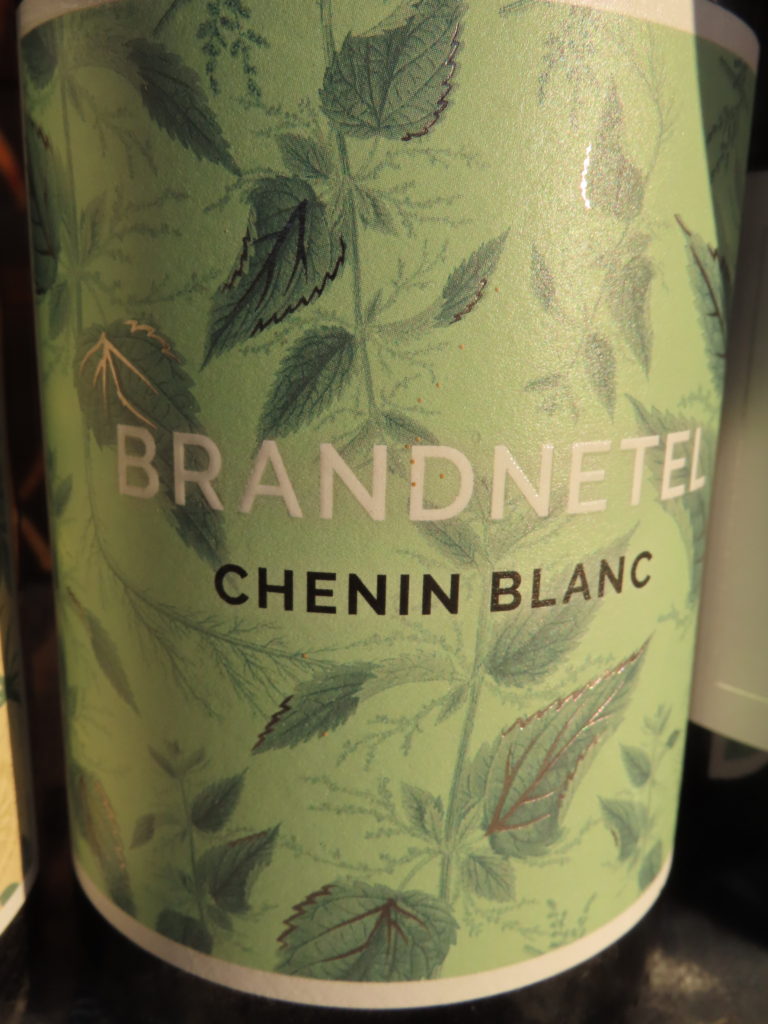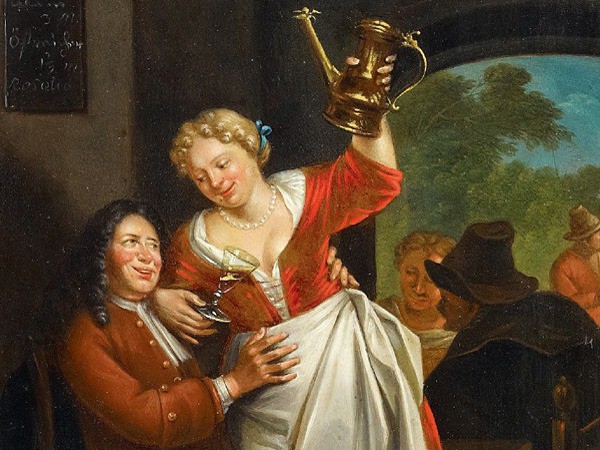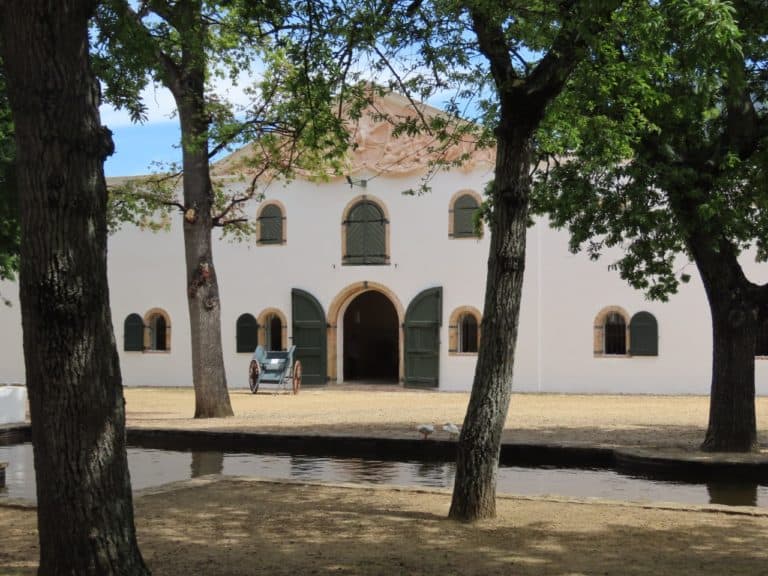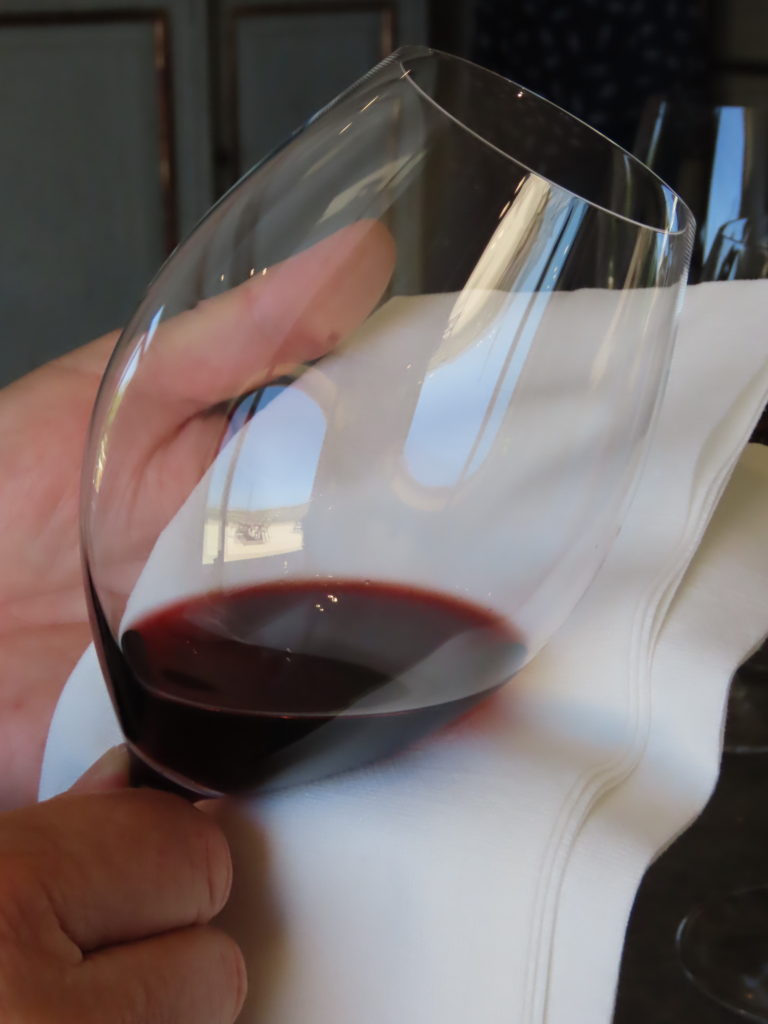Chenin Blanc; Ask for it by name!
Chenin Blanc is a white wine grape variety from the Loire Valley of France. Its high acidity means it can be used to make varieties from sparkling wines to well-balanced dessert wines. Chenin Blanc makes lithe, dry summer whites and sparkling wines. It also offers oak-aged styles with similar flavors to Chardonnay. Thus, there really is a Chenin Blanc wine for every occasion. Every day should be Chenin Blanc Day, therefore, “Chenin Blanc; Ask for it by name!”
South African Chenin Blanc wines are among the world’s finest. It’s also a fact that there is a group of visionary South African wine producers who are not only fast spreading the word, but also continually providing hard evidence by producing Chenin Blanc wines of increasingly remarkable quality. They’re giving this noble variety royal treatment in the vineyard and cellar, and it’s responding as nobility should – with grand personality, regal flavors and stately versatility.
It’s hard not to love Chenin Blanc. It is versatile in style and sweetness and can adapt to a wide variety of tastes.
Chenin Blanc Characteristics
FRUIT: yellow apple, quince, pear, baked apple, bruised apple, passion fruit, lime, honeydew melon, peach, persimmon, mandarin orange OTHER: lemon verbena, ginger, honey, honeysuckle, jasmine, chamomile, saffron, apple blossom, coleslaw (oxidative styles), sake, cheese rind(oxidative styles), hay
OAK: buttered popcorn, butterscotch, lemon curd, nutmeg, baked apple, graham cracker, meringue, marzipan, brioche
Chenin Blanc Flavor Profiles
Chenin Blanc is also known as “Steen” in South Africa and “Pineau de la Loire” in France

As a white wine, Chenin Blanc has a wide range of flavors. Part of the reason for this has a lot to do with the winemaking style.
Dry: When the grapes are fermented dry and kept fresh, they produce a very lean, minerally style Chenin Blanc that offers up flavors of tart pear, quince, ginger, and chamomile.
Off-Dry: When some of the grapes’ natural sugars are left in the wine, you’ll taste richer flavors of ripe pear, ginger, jasmine, passion fruit, and honeycomb.
Sweet: Sweeter styles of Chenin Blanc have flavors of dried persimmon, toasted almond, mango, ginger, and mandarin orange.
Sparkling: Sparkling styles can range from dry (Brut) to sweet (Demi-Sec), with Chenin Blanc’s classic characteristics of quince, yellow apple, plum, ginger, and floral notes.
South Africa is the largest producer of Chenin Blanc in the world. Chenin Blanc is also known as “Steen” in South Africa and “Pineau de la Loire” in France. When cool-fermented as in so many instances in South Africa, it can be quite “peardroppy”, becoming more peachy in fuller dry whites.
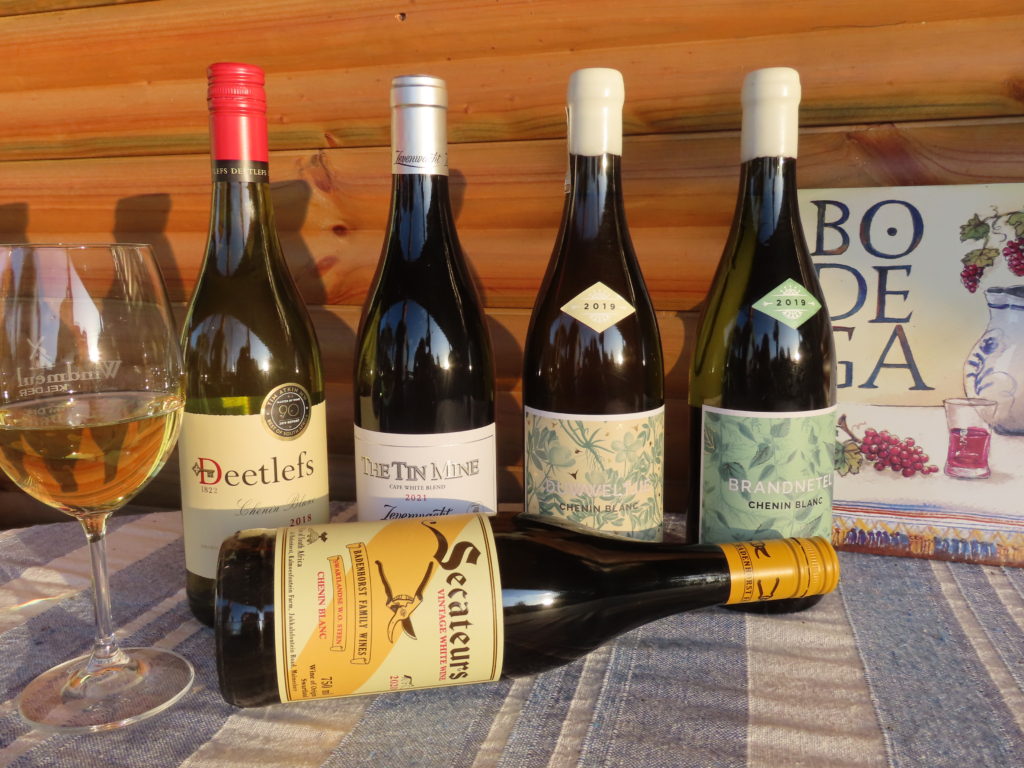
In South Africa, Chenin Blanc is sometimes blended with Semillon, Viognier, and Marsanne to make a richer-styled wine similar to an oaked Chardonnay but with a sweeter taste. Also in South Africa, Chenin Blanc and Sauvignon Blanc are blended to create a fresh and zesty dry wine.
Loire Valley, France
In the cooler Loire Valley of France, the ripeness of Chenin Blanc can be so uneven that grapes are usually selected by hand in successive passes through the vineyard. Highly acidic, less ripe grapes make a great base for sparkling wines. Riper grapes are used in the richly aromatic, off-dry styles.
At the end of the harvest season, the last grapes picked are sometimes affected with noble rot, which concentrates the grapes’ sugars and lends to rich flavors of orange marmalade, ginger, and saffron. These late harvest grapes go into the blending of the famous sweet wines of the region, including Quarts de Chaume and Bonnezeaux.
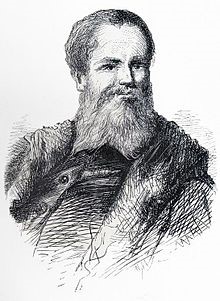
What does Chenin Blanc wine taste like?
Chenin Blanc in its most classic form in the Loire Valley is full of floral and honeyed aromas and quince and apple-like flavors with good zippy acidity. With botrytis development in the grapes, it becomes rich in barley sugar and honeyed characters, particularly in the luscious sweet wines of the Loire Valley.


